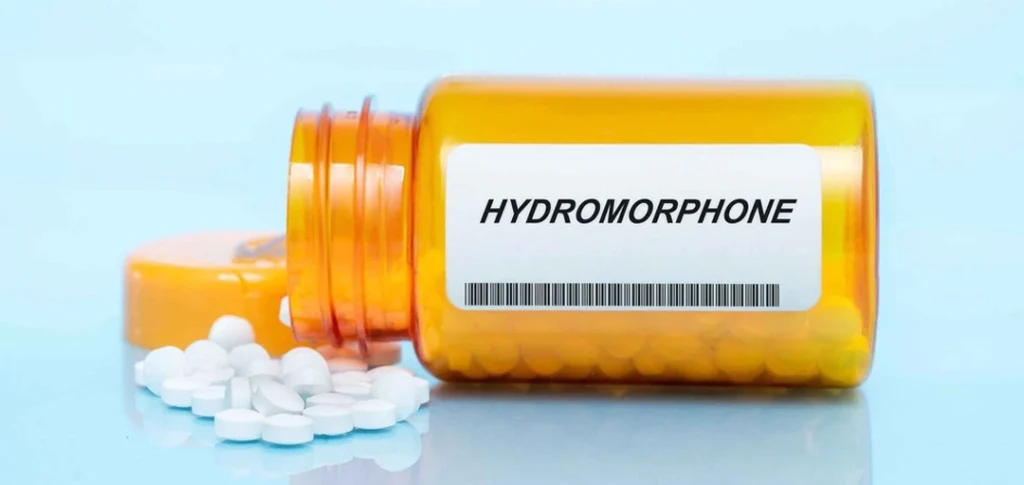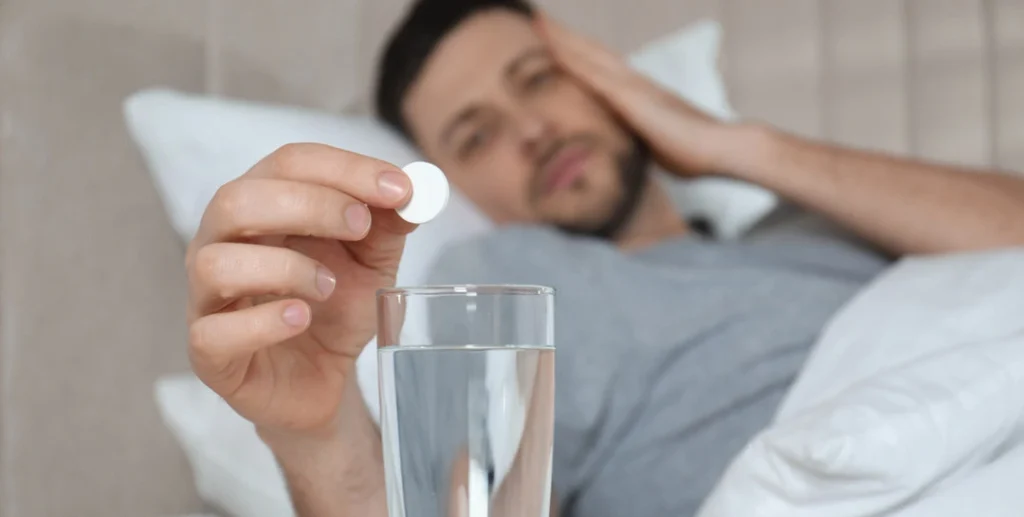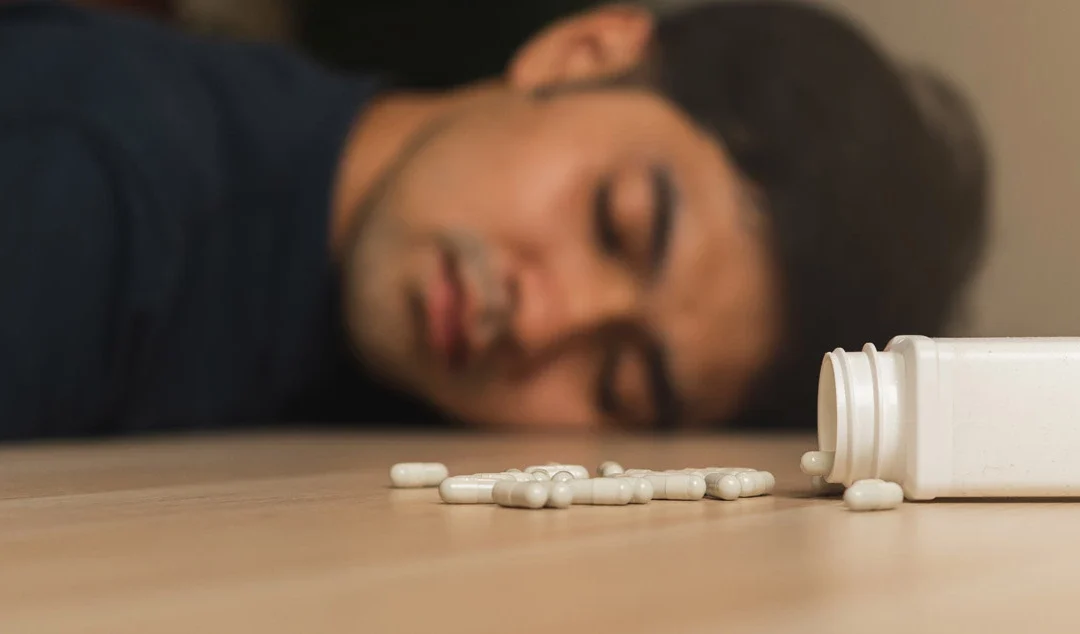Understanding the Effects of Dilaudid On the Body
Dilaudid has become a popular treatment for severe or chronic pain amongst many people today due to its easy accessibility and effectiveness. Of course, because this medication is still an opioid analgesic, there are some concerns over its effects on the body as well as its addictive potential.
One question you may find yourself asking is, “How long does Dilaudid stay in your system?” Whether you are preparing to take a drug test and are concerned how your medication will affect your results, are planning your next dose, or are just curious, knowing how long this drug can remain in the system is important.
Dilaudid should only be taken with a proper prescription from a licensed medical professional. It should never be used recreationally, as this can have serious consequences for your well-being. If you are struggling with Dilaudid abuse, it is important to seek help as soon as possible.
What is Dilaudid?
Dilaudid is a brand name for hydromorphone, a powerful opioid medication that has recently become more commonly used by medical professionals nationwide to treat moderate to severe pain.
The Drug Enforcement Administration classifies it as a Schedule II controlled substance, meaning that it has both a high potential for abuse and addiction, as well as an acceptable medical application in the United States.
Dilaudid is often used to treat pain after surgery, during cancer treatment, and in people with chronic pain. It can also be used to treat breakthrough pain, which is sudden and severe pain that occurs in people who are already taking opioid pain medication.
Using Hydromorphone Hydrochloride for Chronic Pain

Using Dilaudid and other opioids to manage pain can be a last resort for many people. In many cases where Dilaudid has been prescribed, it is because other medications have failed to work in managing the person’s pain.
Dilaudid works by binding to opioid receptors in the brain and spinal cord. This blocks pain signals from reaching the brain, providing relief from pain. Dilaudid can be taken through immediate-release tablets or extended-release formulations, a quick-acting injection, or a quick-acting suppository depending on your prescription and preference.
Typically, oral tablets are the most common method of taking Dilaudid. Some people may choose to take a quick-acting oral tablet or liquid several times daily, while others may prefer a long-acting oral tablet once daily.
How Long Does Dilaudid Stay In Your System?
When determining how long Dilaudid stays in your system, it is important to understand that there are several factors that can affect this timeline, including the amount taken, the method of administration, your live and kidney function, and your biological makeup.
With that being said, there is a general guideline you can use to determine a basic understanding of how long it will take this medication to leave your system. When using a quick-acting oral liquid or tablets, Dilaudid will have a more rapid onset and can take effect within thirty minutes and reach its peak after an hour.
What is the Half Life of Dilaudid?
Extended-release formulas of Dilaudid exist also, and this form of the medication can take up to six hours to take effect, hitting peak effectiveness after around nine hours. The Dilaudid half-life can also vary based on how it was administered. Injecting this drug will generally cause it to leave the system more quickly, while metabolizing it can be a much slower process when taking the same drug orally.
Short-acting Dilaudid typically has a half-life of around 2-3 hours, meaning it will take this much time for half of the drug to leave the system. Extended release versions, on the other hand, can increase the drug’s half-life to fifteen hours to start exiting the system, and up to three days to be cleared completely.
When Treating Severe Pain Becomes Risky

No matter what different dosage forms and administration methods are used, it is important to take this medication only as prescribed. Taking more Dilaudid or using this painkiller for longer than intended can have serious adverse effects, including the risk for abuse and addiction.
Unfortunately, many prescription drugs, including Dilaudid, have the possibility to cause physical dependence in those who use them. Particularly for those who are struggling with chronic pain, they can begin to rely on their medications to feel normal, causing them to take them in higher doses or for longer than they were originally prescribed.
They may also be more prone to combining their Dilaudid with other drugs in order to enhance or prolong the effects of their medication. Unfortunately, this can quickly become dangerous, as it will increase their risk of a Dilaudid overdose.
Symptoms of this include dizziness, loss of consciousness, respiratory depression, cold and clammy skin, and possible coma or even death. It is for this reason that Dilaudid’s addictive nature should not be taken lightly.
What Drug Tests Detect Dilaudid?
Now that you understand how long Dilaudid remains in the system, you may be wondering what to expect from this drug in terms of drug testing. If you have a drug test coming up and have been prescribed this medication, it is important to let your drug test administrator know ahead of time.
Dilaudid (hydromorphone) can be detected by a variety of different testing methods, including the following drug tests:
- Urine tests: A urine test is typically the most common type of drug test and can detect Dilaudid for up to 2-4 days after your last dose.
- Blood tests: A blood test can detect Dilaudid for up to 24 hours after use.
- Saliva tests: A saliva test can detect Dilaudid for up to 12 hours after use.
- Hair tests: Hair testing can detect Dilaudid for up to 90 days after use.
The type of drug test that is used will depend on the purpose of the test and the sensitivity that is required. For example, a urine drug test may be sufficient for most employment drug screenings, but a blood test or hair test may be required for more sensitive testing, such as in the case of drug court or probation.
It is important to note that there are several factors that can affect detection times for these tests, including the dosage form, the frequency of use, the presence of any other substances in the body, and the individual’s overall health and metabolism.
How To Overcome a Dilaudid Addiction

If you have come to terms with your substance abuse and are ready to stop using Dilaudid for good, there are many addiction treatment options available to you. While everyone’s recovery process will look different depending on their specific needs, the Dilaudid treatment process will typically involve:
- Medical Detox: Most treatment programs will begin the opioid recovery process with medical detox, which can help you safely taper off Dilaudid while managing any withdrawal symptoms or cravings that may come up.
- Inpatient and Outpatient Care: Inpatient treatment can provide intensive 24/7 recovery support, while outpatient programs can provide more flexible care as you learn to navigate life without the use of Dilaudid or other forms of drug misuse.
- Medication Management: Medications like methadone, buprenorphine, and naltrexone can help manage withdrawal, prevent cravings, and block the effects of opioids during the recovery process.
- Recovery Support: Support groups, holistic treatments, and therapies can all help you to better understand your addiction and build sober life skills for maintaining long-term sobriety.
How Long is the Dilaudid Withdrawal Process?
Many people recovering from drug abuse involving Dilaudid will experience severe withdrawal symptoms during the early stages of recovery from this potent opioid. These can include muscle aches, nausea, vomiting, cramping, diarrhea, and much more.
The best option for maintaining good mental and physical health during this process is to participate in a medical detox program. How long this process will last can vary for each person, but can range anywhere from a couple of weeks to several months.
Due to the unpredictability of the timeline of this process, it is best to seek professional help when attempting to overcome your substance use disorder.
Seeking Treatment at South Shores Detox and Recovery

At South Shores Detox and Recovery, our treatment center offers the comprehensive and effective care you need to achieve long-lasting sobriety. We offer rehab services for many different types of addiction, including those involving opioids like Dilaudid.
When you seek treatment at our facility, you will have access to many different services, including:
- Medical detox
- Inpatient rehab
- Outpatient treatment
- Medication-assisted treatment
- Evidence-based and holistic therapies
We will work with you to build an individualized treatment plan that caters specifically to your needs. If you have any questions about the recovery process, you can reach out to us today and we will provide the answers you need.
Start Your Recovery from Dilaudid Now
If you or a loved one is struggling with addiction, South Shores Detox and Recovery is here to help. Our state-of-the-art facility can offer you the structure and support you need to build a happier and healthier life.
No matter what your substance abuse issues may be, we are here for you. To learn more about how our treatment program can be a great fit for your needs, reach out to us today!
FAQs on How Long Does Dilaudid Stay in Your System
How Much Dilaudid Can You Take Daily?
The maximum recommended daily dose of Dilaudid for adults is 16 mg for oral tablets and 32 mg for extended-release tablets. However, the actual amount of Dilaudid that you can take daily will vary depending on your individual circumstances, such as your age, weight, medical history, and pain tolerance. Your doctor will determine the appropriate dose for you.
Is Dilaudid Safe to Use Long-Term?
Dilaudid is typically only prescribed for short-term use, such as for managing acute pain after surgery or a medical procedure. It is not considered safe to use long-term due to the risk of addiction, overdose, and other serious side effects.


Recent Comments